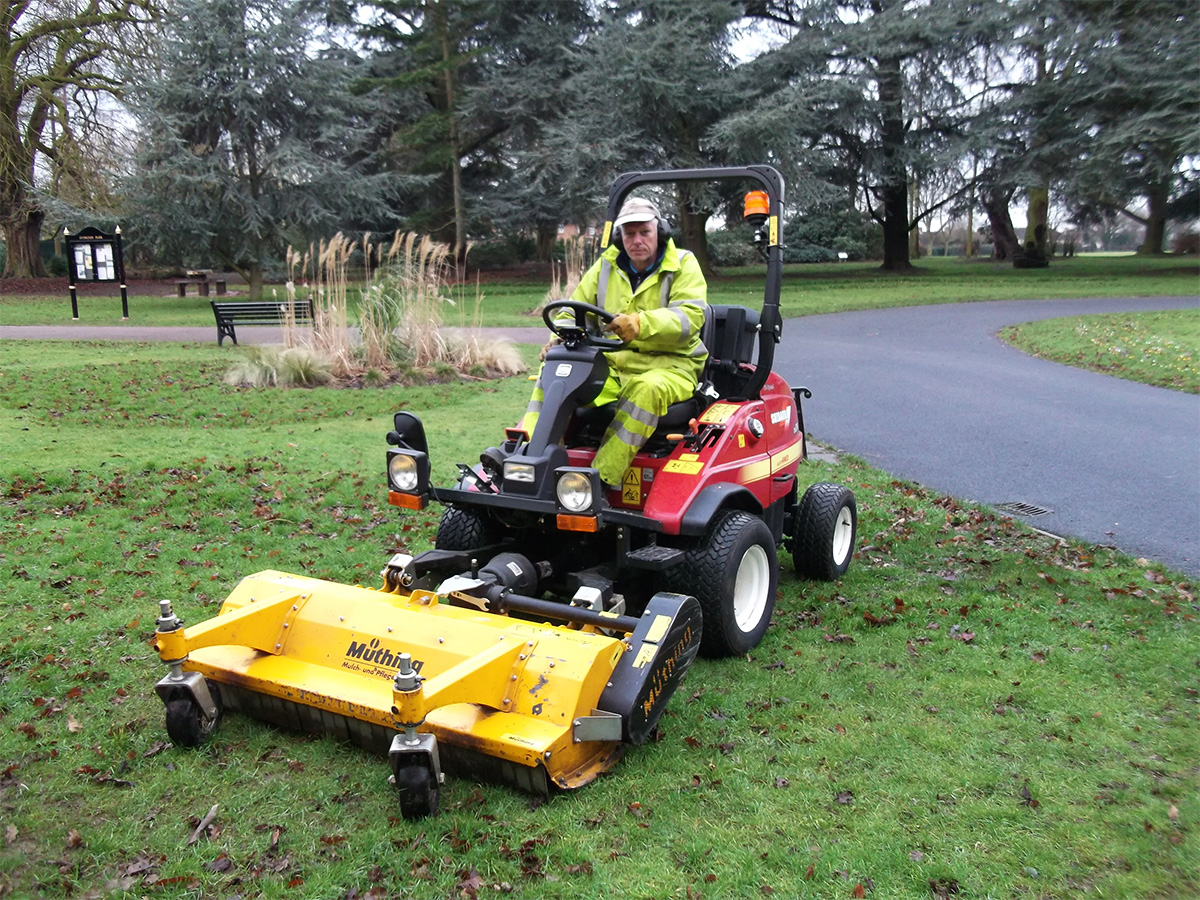Grass cutting

We maintain around 10.3 million square metres of grass across the city. This includes highway verges, parks, wildlife meadows and other green spaces.
Quick links
July 2024 update
The unprecedented level of rainfall over winter and consistent heavy showers throughout spring combined with unusually warmer temperatures means that our city, like most parts of the UK, saw an unusual surge in grass growth of up to 3ft over the autumn and winter.
This growth, combined with ongoing weekly showers continuing into throughout May into June presented our grass cutting teams with ongoing challenges. As our machinery is agricultural grade, they are far heavier than standard household mowers resulting in ground damage with machinery struggling to navigate the wet and poor ground conditions easily.
Throughout June we have utilised all available resources to try and increase our grass maintenance cycles completed city-wide with some locations still having unsuitable ground conditions earlier in the month.
With the warmer drier weather that commenced from the middle of June it is hoped this will further aid progress, however cuts applied are still leaving behind increased grass cuttings and although presentation is starting to improve they remain rougher than usual.
As we move into the summer and hopefully with continued dryer weather, the future cuts should significantly improve the presentation of grassland.
We only remove the grass cuttings from biodiversity rich grassland such as flowering lawns or wildflower bee road areas, high maintenance ornamental lawns or bowling greens. In most places it is impractical for us to remove the cuttings so they are left on the ground. After the grass has been cut operatives with blowers clear any cuttings that have fallen onto nearby hard surfaces.
When do we mow?
Our mowing schedule is weather dependent and subject to change in the event of extreme weather or poor ground conditions.
In very wet weather some areas can become waterlogged. To prevent damage to the grass and our mowing machines we avoid cutting these areas until they have dried out.
During prolonged dry weather grass growth is minimal so we suspend our mowing operations to avoid damaging the grass roots and soil.
If we are unable to mow an area, we will monitor it and resume cutting as soon as conditions allow.
To encourage wildlife selected grassed areas and the centre of some verges are cut once per year. Throughout the summer these areas provide food and shelter to beneficial insects such as bees, hoverflies, butterflies and many others. They are cut in August or September to encourage new growth in the following season.